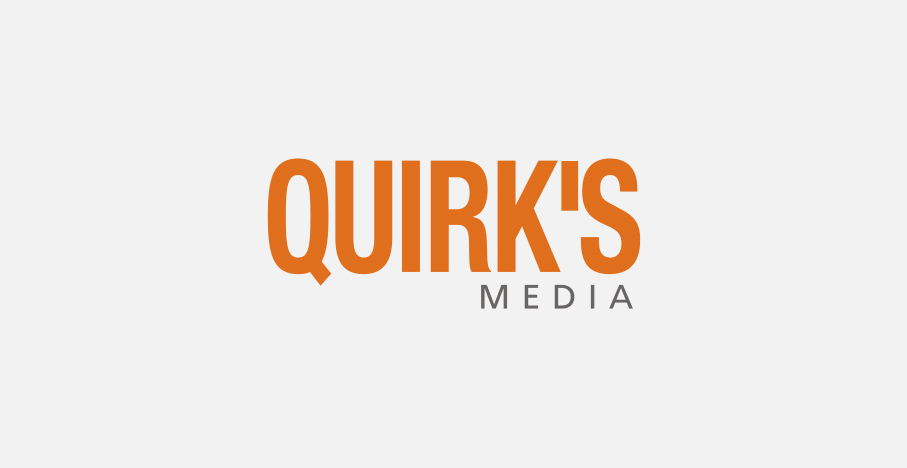The start of a new year can mean many different things for companies: working with new budgets, taking on new projects and maybe incorporating a few work-specific resolutions. With all the changes a new year brings, our editorial staff thought it would be beneficial to look back on a few actionable ideas presented in articles from 2016. This compilation covers customer experience, research presentations, ethnography, mobile and social/online research. A few tips or thoughts, if you will, that you can take with you as you plan for the new year.
So, as you ease back into work (or dive head-first into a laundry list of to-dos), we hope you consider looking at a few of the ideas we’ve pulled from our 2016 archive.
Customer experience
How companies are getting it wrong with their customer experience measurement programs by Doug Berdie
“Removing the customer satisfaction number (in whatever guise it takes) from the balanced scorecard will communicate to employees and channel partners that instead of compensating based on scores, compensation will be tied to actions that benefit the organization and make it easier for customers to buy.”
Takeaway: Replace customer satisfaction with customer experience measurements to elevate quality. Read the full article.
Government subunit uses MR to boost the value of public diplomacy by Myriam Benlamlih
“Market research is no good to public diplomacy if it can’t be put into practice with the budgets or staff or outreach products that Washington provides our embassies,” says Tanya Ward. “Those are just the realities that no PAO [public affairs officer] is going to be able to change, so the research needs to accommodate them.”
Takeaway: Good marketing research must fit within the overall resources available to the end-user. Read the full article.
Research Industry
Just a reminder: (PowerPoint) size doesn’t matter by Chris Donaldson
“As counterintuitive as it may initially seem, putting a limit on the number of slides is one of the worst things you can do when designing a presentation. When we put a limit on the number of slides we expect to see, what we’re actually trying to do in most cases is to limit the amount of data or information we want to see.”
Takeaway: Get your message across by focusing on a time limit, not a slide limit. Read the full article.
Ethnography
DIY digital ethnography: Part 2: Tips to success by Mike Courtney
“As you learn about each camera you will find that there are often several camera placements that can work in order to capture a specific task area. Create documents that illustrate more than one example and work with each, or ask a respondent to find a setup that works for them.”
Takeaway: When getting started with digital ethnography, test your equipment thoroughly to best prep participants. Read the full article.
Mobile
Simplifying your mobile solution by Ken Berry
“You are not alone when testing your online research instrument. There are some testing resources that will help you analyze your tools and, better yet, many of them are free. Google’s Mobile-Friendly Test will analyze your site on several criteria and make an assessment as to its mobile-friendliness.”
Takeaway: It pays to analyze your tools using free resources. Read the full article.
Mobile’s power to track purchase influence by Emily Tomasiewicz
“Mobile apps don’t support cookies like the PC environment does. But it’s fair to say that advertising IDs are somewhat analogous to advertising cookies in their ability to track when a particular device user takes actions as a result of an ad.”
Takeaway: Turn to third-party tech platforms for gathering stats on mobile. Read the full article.
Social/online research
Innovation in brand tracking: Q&A with Clorox’s Suzanne Henricksen by Emily C. Koenig
“In the Clorox brand-tracking project, one more pragmatic technique we used was a rapid choice exercise … On the real-time, voice-of-the-consumer front we used a social listening approach with algorithms designed to filter out the noise and home in on the impact of these authentic consumer conversations on brand health. By bringing “asking” and “listening” approaches like these together we get a more comprehensive, accurate, timely and relevant point of view on the consumer.”
Takeaway: Pair social listening with other research techniques for best results. Read full article.
A look at the unique data-gathering process behind the Harvard Impact Study by Jeff Vitale
“The next step of optimizing the survey experience for online respondents also involved LinkedIn. As you may have experienced when job hunting, there is often an option to fill in some or all of the job application by logging into your LinkedIn account and automatically populating career and educational information... This auto-population process was highly successful and many respondents reported a dozen or more positions, which would not have been practical using manual entry.”
Takeaway: Improve survey experience by introducing auto-population options when possible. Read the full article.
What can MR do with data from consumers’ digital lives? By Felix Rios
“While the amount of data that I broadcast on a daily basis is ideal to understand my behavior patterns and preferences, it also shows clearly one of the challenges for the market research industry: My data resides in silos. The devices, applications and manufacturers are making sure that it remains like this.”
Takeaway: MR must look for ways to create universal data aggregation platforms. Read the full article.
Using social media to understand Hispanic consumers by David Morse and Karthik Praveen
“When breaking down the different social media platforms, we found Twitter was mainly used to spread awareness about symptoms, treatment options and post-diagnosis care.”
Takeaway: When conducting social research, it is beneficial to break down what type of information is shared on what social platform. Read the full article.
